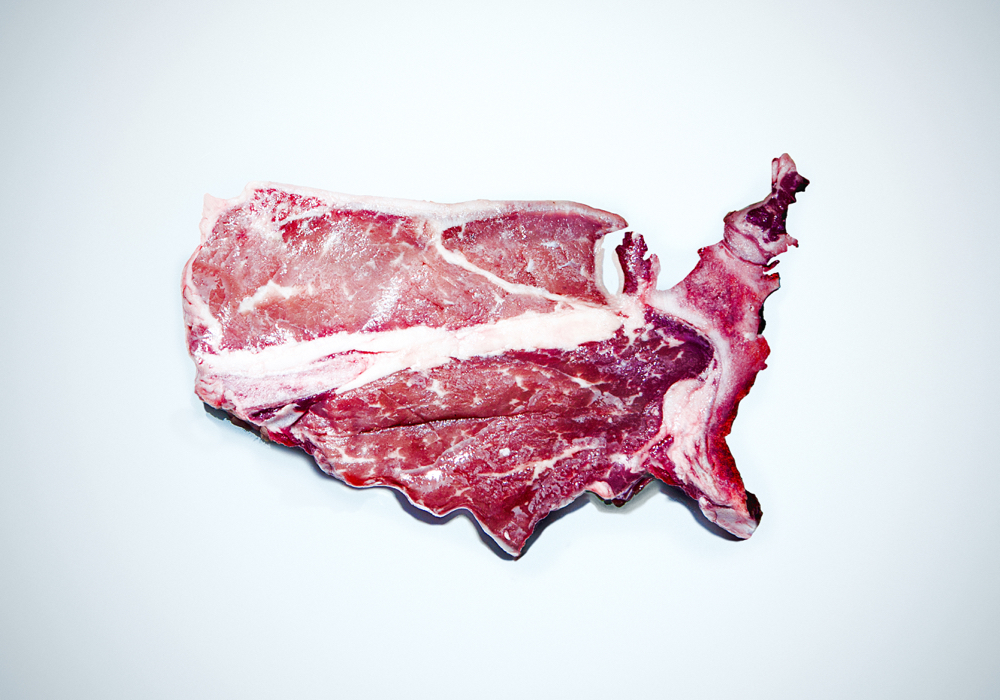Canadian beef exports into the U.S. were strong the first two months of this year, up 13 per cent from February 2021 and up 25 per cent from the five-year average for February.
January through February 2022, imports of Canadian flank/plate and rib increased the most, up 24 per cent in volume year-over-year. Brisket volumes were up 21 per cent, with loin (+20 per cent) and offal (+10 per cent) volume up as well.
Chuck and other category volumes were up eight per cent each. January through February import values also surged, with brisket value nearly doubling year-over-year (+94 per cent). Flank/plate values were up 74 per cent, with loin (+57 per cent), rib (+47 per cent), hip (+35 per cent), chuck (+33 per cent) and offal (+15 per cent) values up as well.
Read Also

Pen riders still better than tech at detecting respiratory disease in feedlot cattle, says researcher
Recent research found that pen riders are better than tech at flagging signs of BRD in feedlot cattle
Other categories were up 43 per cent in value. Canadian Prime and AAA production as a percent of all A grades were at 80 per cent in the first quarter of 2022, up from 75 per cent in the first quarter of 2021 and 70 per cent for the five-year average for the first quarter, supporting availability of high-quality beef for grilling season.
Total U.S. beef imports in February 2022 were up 40 per cent from February 2021. Volumes increased from New Zealand (+eight per cent), Canada (+13 per cent), Mexico (+36 per cent), Australia (+44 per cent), Argentina (+92 per cent) and Brazil (+336 per cent), with volumes down from Uruguay (-39 per cent).
Value, Volume, Price and Market Share % of U.S. Beef Imports from Major Suppliers (February 2022, YTD)

In March, Brazil filled its U.S. import quota shared with Ireland Nicaragua, Costa Rica, Chile and Japan. These exporters will now face a 26.4 per cent duty which is likely to impact Japanese Wagyu steak prices most.
Beef ratios improve, support retail demand
Relative price ratios between beef and pork and beef and chicken moved lower from February to March 2022 even as the all-fresh retail beef price increased 1.2 per cent to US$7.36/lb (US$16.23/ kg). The beef-to-pork ratio at 1.78 in March 2022 was down slightly from February but steady with the five-year trend. The beef-to-chicken ratio at 3.18 in March 2022 was down slightly from February and slightly below the five-year trend.
Lower ratios favour beef consumption. Higher prices for all proteins are supported by strong demand and inflation. Buying less meat and/or substituting between species and cuts are typical reactions to high prices; these are no doubt solutions for some U.S. consumers.
However, supply chain disruptions are affecting all grocery products and are limiting consumers’ options everywhere. Top-of-mind strategies for consumer cost savings are seeking promotions, buying hand-to-mouth and/or buying in bulk. These behaviours may support further beef price volatility this year, leading to exaggerated seasonal price peaks and valleys.

Restaurant owners anticipate continued shortages
Restaurant performance improved 0.5 per cent from January to 103.8 in February, according to the composite Restaurant Performance Index. The index increased on higher same-store sales, traffic and expenditures but future expectations among restaurant operators declined for the second month in a row.
The 2022 State of the Restaurant Industry Report advised that most restaurant owners anticipate it will be another year before business conditions normalize. Nearly all (96 per cent) experienced supply challenges in 2021 and these are likely to persist throughout 2022. Eighty per cent of operators changed menus because of shortages.
The pandemic has transformed the foodservice sector in other ways as well. Eighty per cent of operators say technology use is providing a competitive advantage. The use of technology in take-out and delivery services is essential (according to 25 per cent of consumers and 72 per cent of millennials). As a result, one-quarter of restaurants surveyed have plans to expand these services.













